Counterpoints as an Act of Public Sociology
Mary Shi
When I began graduate school at UC Berkeley in 2014, talk of “public sociology” was in the air. Although neither I nor the other graduate students around me seemed to know exactly what this meant, this did not prevent me from taking inspiration —and license— from my new department’s commitment to it.
I reached out to the Anti-Eviction Mapping Project (AEMP) in the summer of 2015, after my first year of graduate school. After an undergraduate education directing my research efforts abroad to China, I had begun to feel both alienated from the stakes of my research and wary of participant objectification. I increasingly felt that doing research that could empower and not objectify the people I was studying required doing work that I saw in my everyday life. And I sensed that if my work was to ethically intervene in ongoing social problems, I had to channel it towards my own community where I had more of a stake and therefore more of a right to intervene in affairs.
Luckily, Berkeley was located only fifty miles west of where I had grown up. From Tracy, CA, I had seen firsthand how the first dot-com bubble and then subprime mortgage crisis had restructured the greater San Francisco Bay Area. It had done so first by pushing the Bay Area’s suburban fringe outwards into the Central Valley and then by producing spaces of suburban precarity as the families living in those exurbs rode out waves of layoffs and foreclosures while enduring mega-commutes that reshaped the conditions of suburban life. Therefore, in the Bay Area’s housing crisis, I saw both an issue that directly affected my life and a community in which I could see my own experiences reflected.
However, my experiences in Tracy had left me with questions about the intersections of space, economy, and society that I did not feel were fully represented in the view of the Bay Area housing crisis from Berkeley. How did what I observed in exurban Tracy fit into the city-centric story of tech-led gentrification being told from San Francisco? And, in trying to understand how my view from the periphery was excluded from narratives produced in the regional center, what lessons could I draw from my own experience about the power relations behind knowledge production and the implications of my role as a social scientist for producing the latter, especially if one of my goals was to empower social justice struggles? In my sociology classes—with their talk of political economy, neoliberalism, and financialization—I was finding new language to grapple with questions of economy and space, but these concepts offered little guidance on how to close the loop between theory and practice.
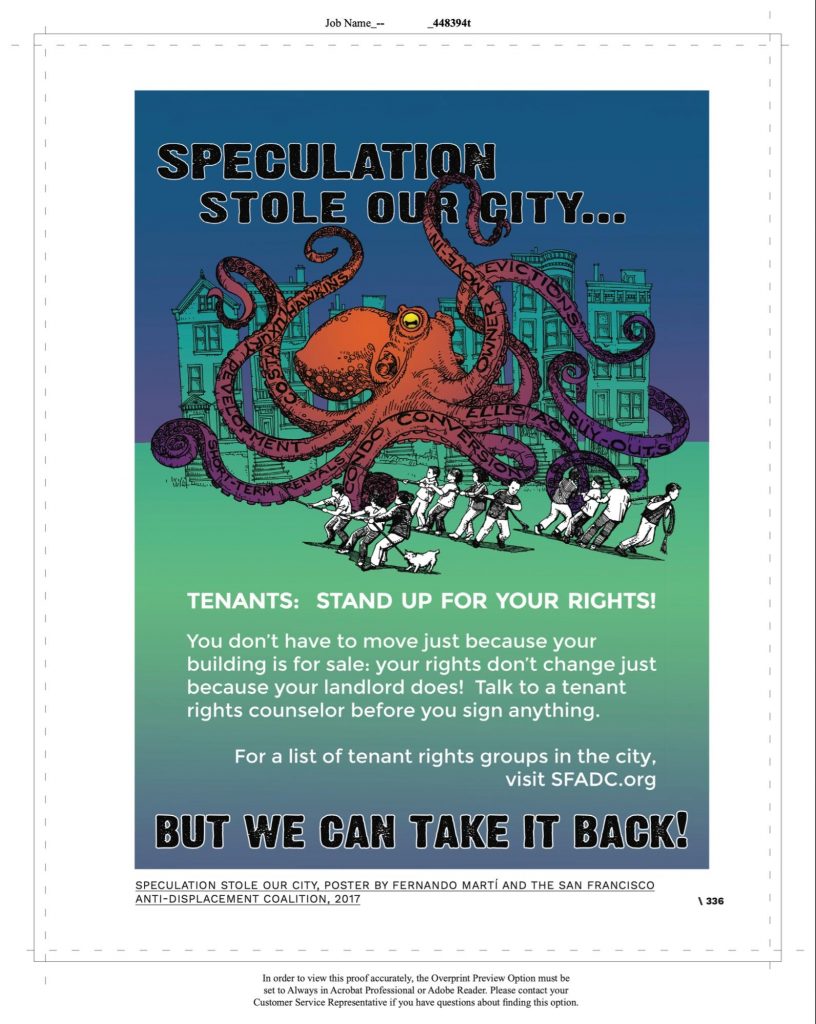
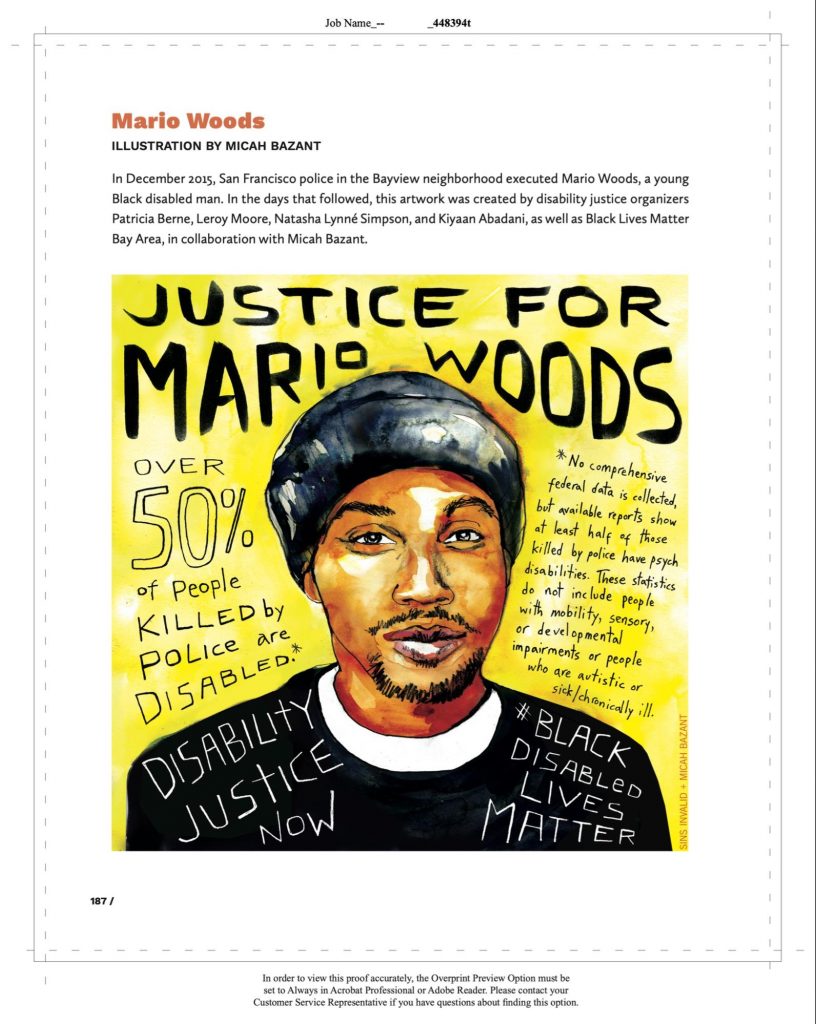

The Anti-Eviction Mapping Project (AEMP)—as a collective of activists, scholars, and artists producing data and stories for resisting displacement—offered a forum to explore this latter question through public engagement. At the time, AEMP was particularly active in the direct actions occurring throughout San Francisco fighting evictions and protesting tech-driven displacement. I was intrigued with AEMP’s approach of bringing data directly to the streets and drawing from community concerns and experiences to drive its analyses. Although I did not know exactly what getting involved with AEMP would entail, in my new department’s commitment to “public sociology,” I found license to explore ways of doing sociology outside of the university and outside the norms and standards of academia-oriented research.
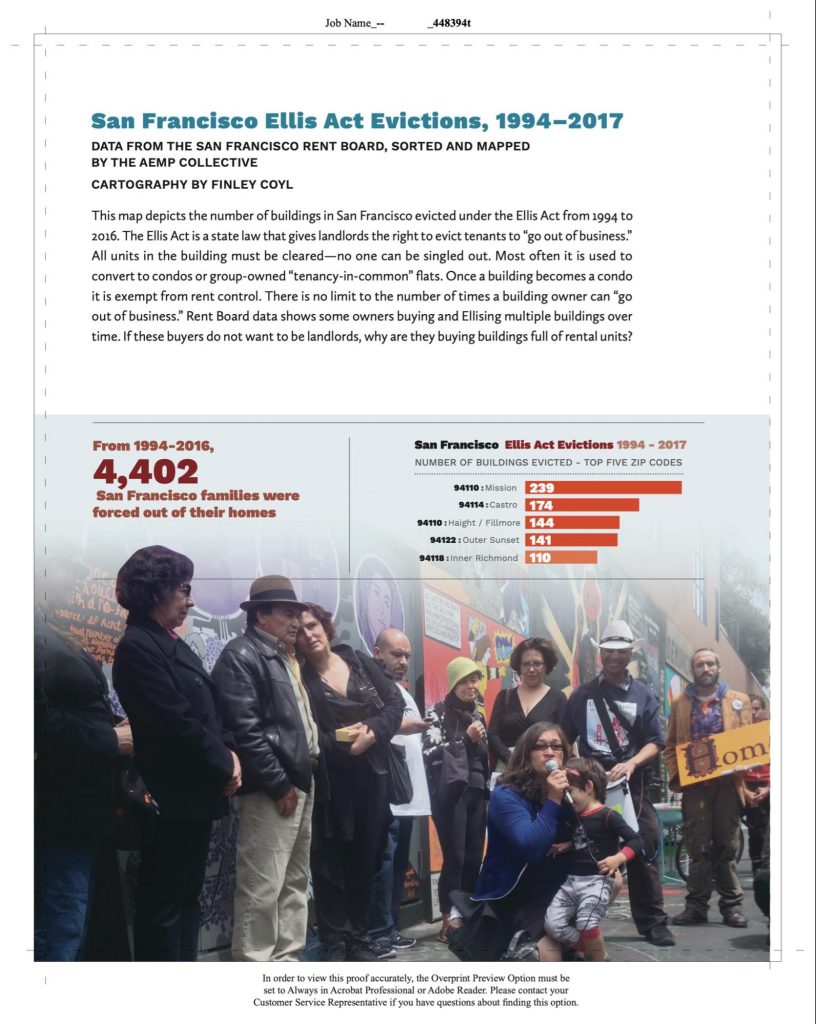
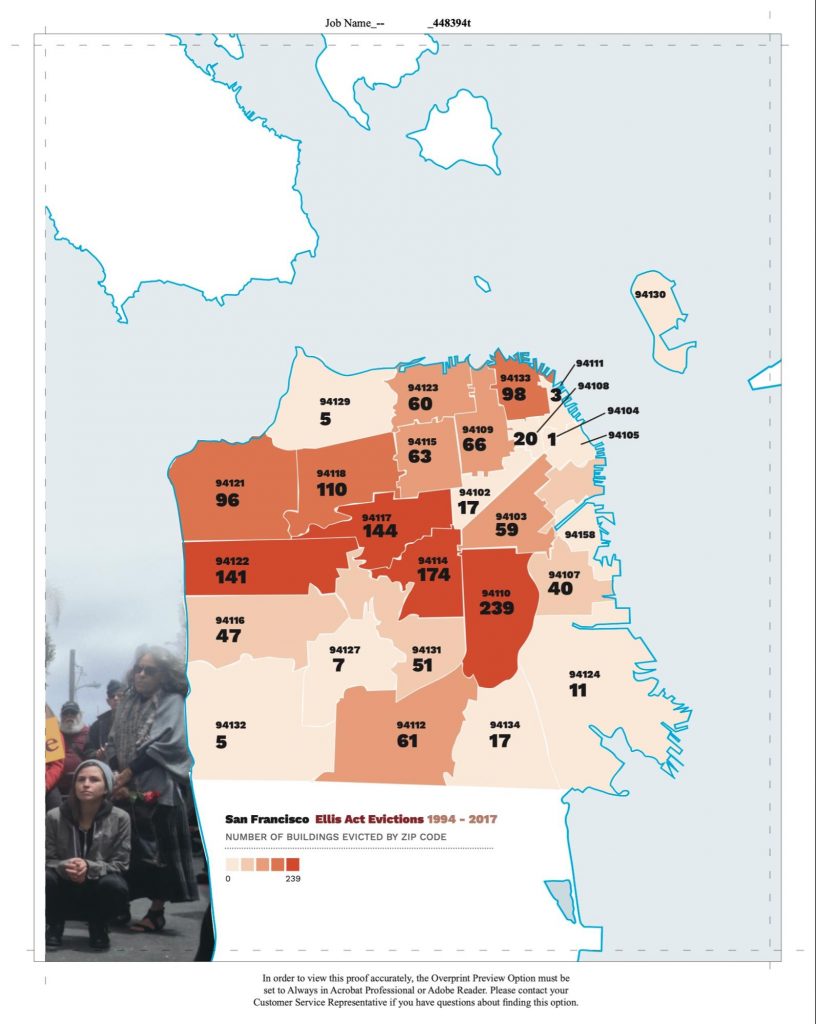
Figure 2. In addition to featuring works from local artists, activists, and long term residents, Counterpoints also features original research and narrative work done by the AEMP collective. This map illustrates the differential impact of evictions by neighborhood in San Francisco. Ellis Act evictions are a form of no-fault eviction that, as illustrated in the bottom right of map, have seen a marked increase since 1994. The photograph in the background of the map was taken during the unveiling of AEMP’s mural in Clarion Alley, “Narratives of Displacement and Resistance,” which depicts no-fault evictions in San Francisco since 1997 and highlights the portraits of eight people fighting their evictions, along with Alex Nieto, killed by the SFPD in 2014 as a result of gentrification.
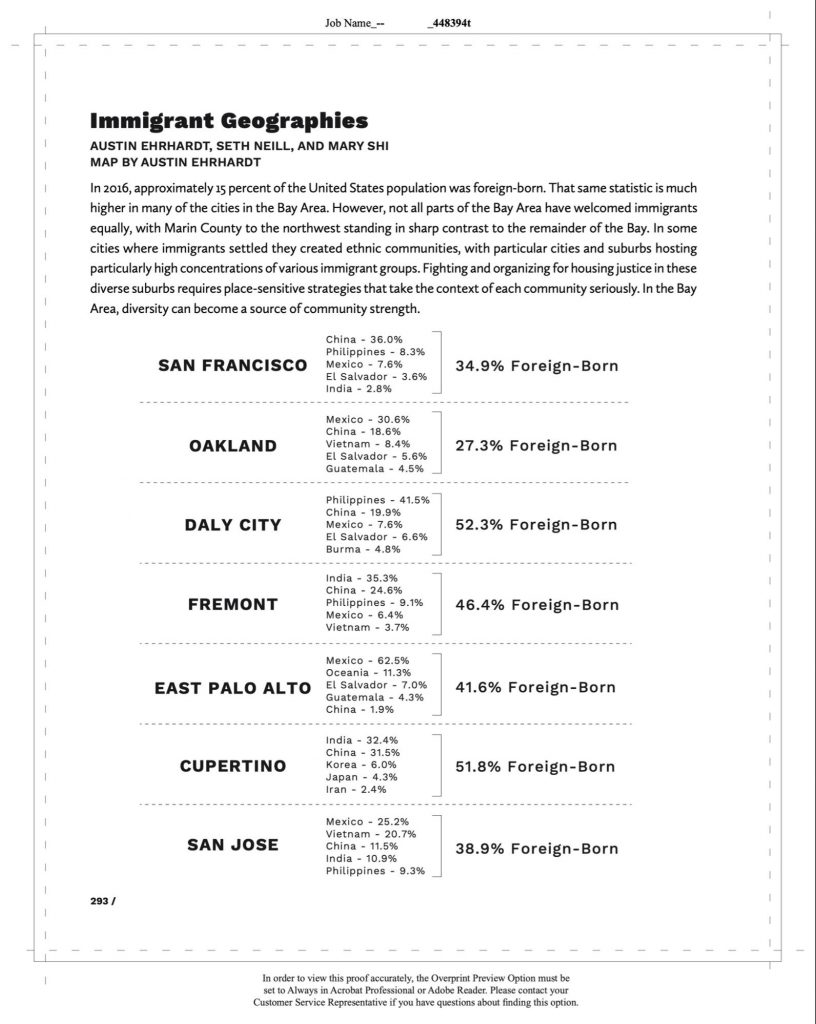
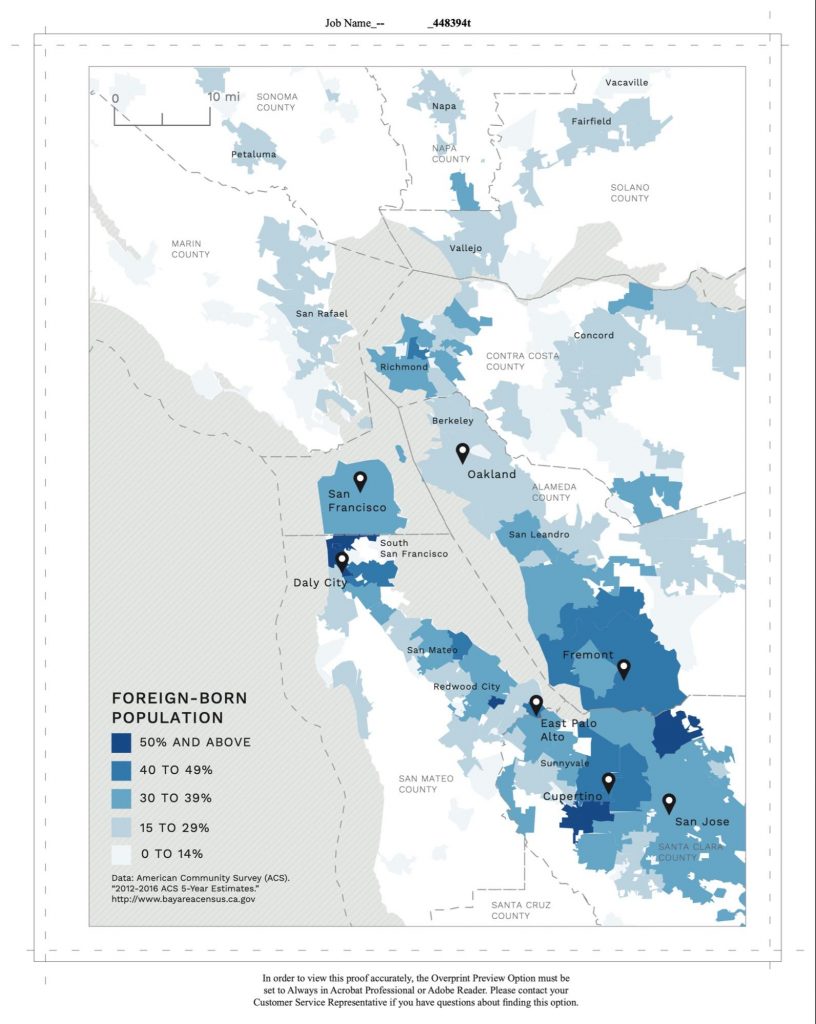
What began as an effort to recruit interview participants and familiarize myself with discourses around housing in the Bay Area for my Masters thesis evolved into a multi-year engagement with AEMP. With AEMP, I have produced all manner of maps, conducted oral histories, embedded myself with a local rent control campaign, and helped coordinate multiple classroom collaborations. Most recently, with co-project wrangler Erin McElroy and a ten-person editorial and design collective, I helped produce AEMP’s print atlas project, Counterpoints: A San Francisco Bay Area Atlas of Displacement and Resistance (Oakland, CA: PM Press, 2021).
Counterpoints is the result of over four years of collaborative work between 160+ Bay Area artists, activists, scholars, and long-term residents. Counterpoints combines work produced within the AEMP collective with work from its community collaborators and an open call for submissions. These contributions are organized into seven thematic chapters: Evictions and Root Shock; Indigenous Geographies of Resistance; Health and Environmental Justice; Gentrification and State Violence; Transportation, Infrastructure, and Economy; Migrations/Relocations, and Speculation and Speculative Futures. By drawing from such diverse contributors and combining over 225 illustrations, photographs, and data visualizations with over 120,000 words of essays, poetry, and oral history, Counterpoints invites readers to understand the San Francisco Bay Area and the contours of its displacement crisis from as many different perspectives as possible, in as many different ways of knowing as possible.
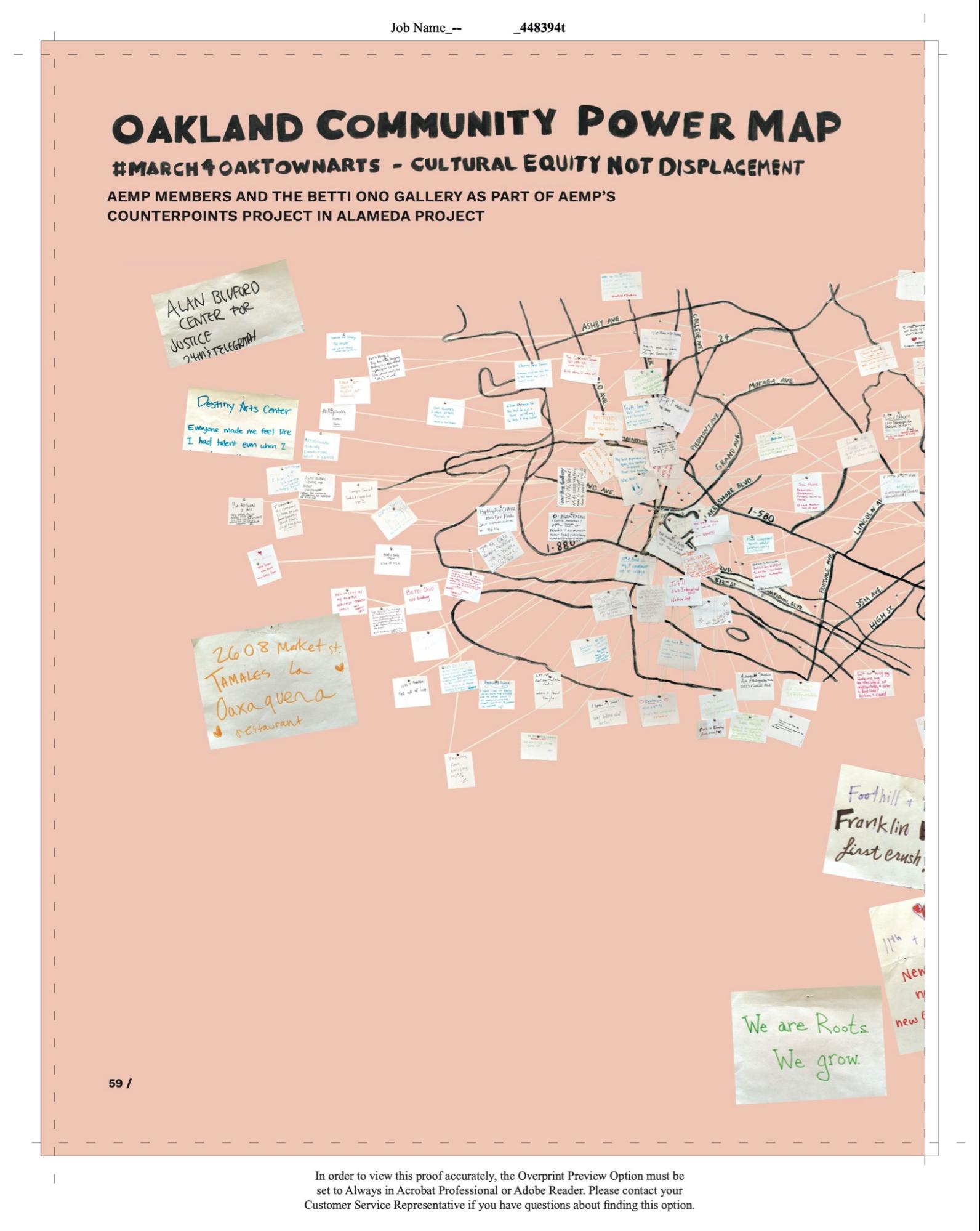
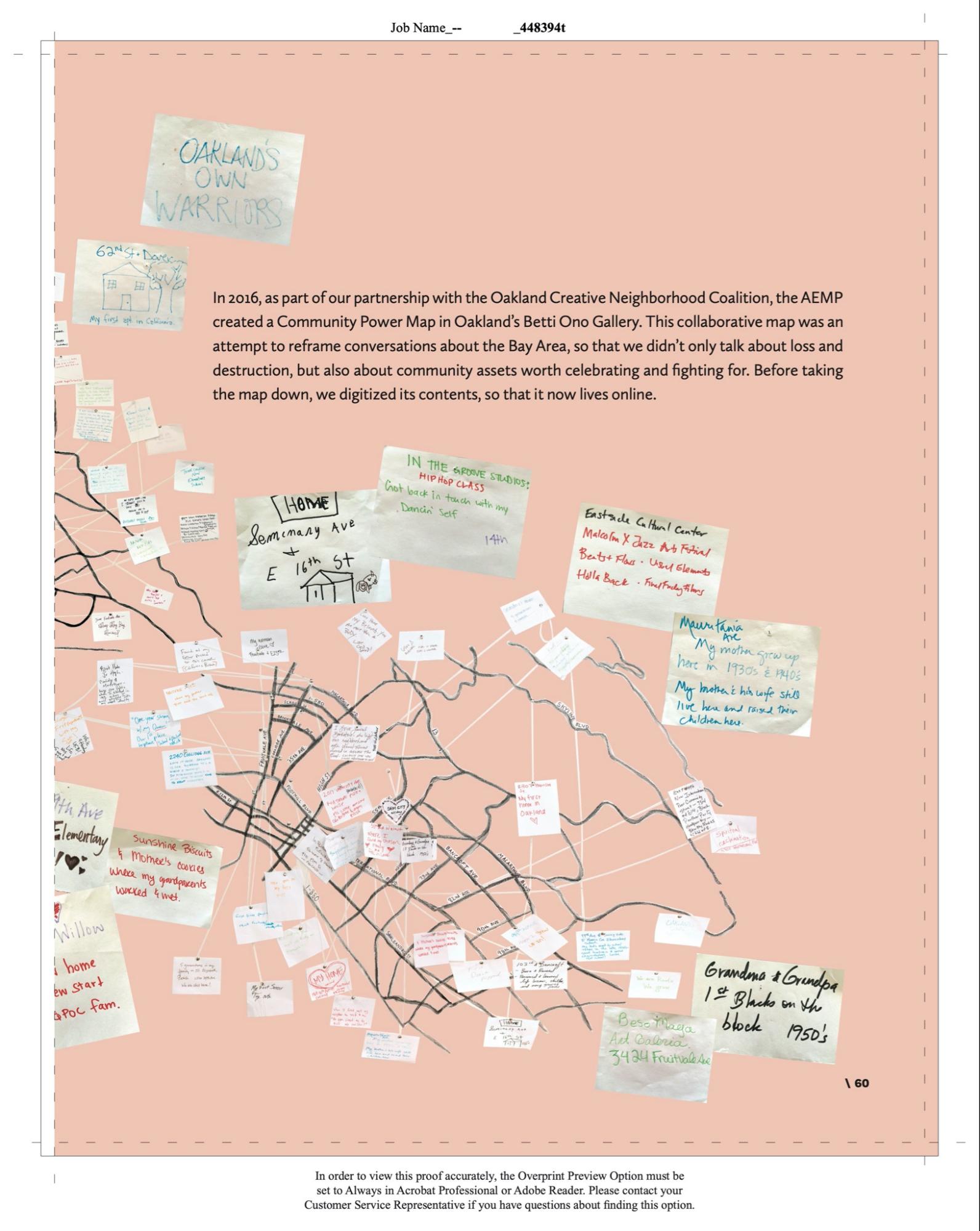

Although Counterpoints counts academics among its editorial team and contributors, many of the strengths of Counterpoints and AEMP’s work more generally come from its commitment to working outside the bounds of traditional academic research. Counterpoints is co-created with and for community instead of about a community. Instead of drawing its themes and problematics from academic theories or public policy, Counterpoints draws its concerns directly from the communities most affected by displacement. And by recognizing multiple ways of knowing through its multimodal approach which, for example, places oral history and community power maps on equal footing with quantitative analyses of the scale and demographics of eviction, Counterpoints places narrative power directly in the hands of those often objectified and silenced by professionalized symbolic spheres such as academia and journalism. This in turn expands who can claim a place in the story of the Bay Area to mobilize Bay Area residents in their fights against displacement instead of dispossessing them. Moreover, instead of adopting traditional academic goals such as developing generalizable knowledge about displacement as a process or producing broadly representative statistics, Counterpoints’s findings are hyperlocal and therefore able to be acted on locally. By producing knowledge at scales that individuals and community organizations can see their specific struggles reflected in, Counterpoints renders abstract social forces into concrete processes that anyone can feel empowered to intervene in.
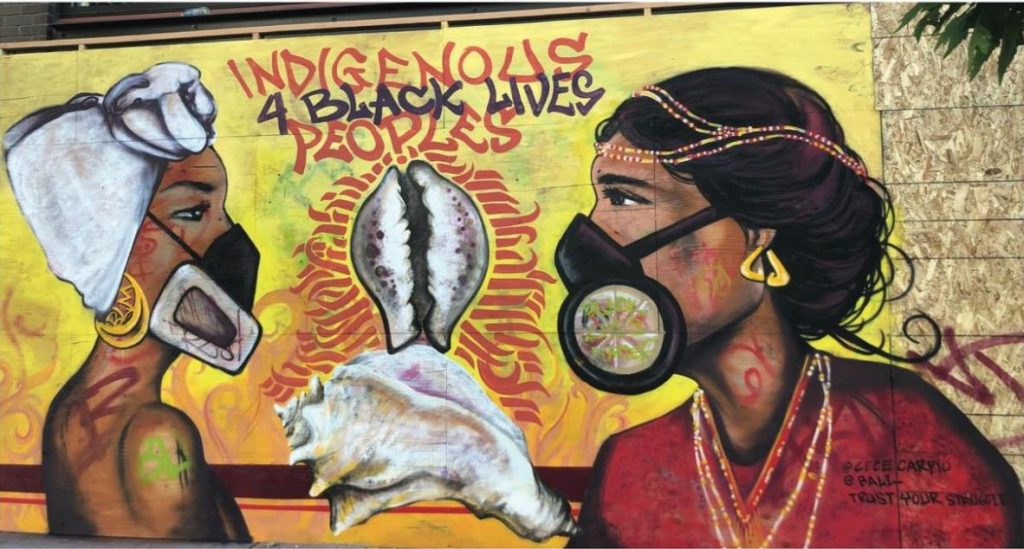
The result of this approach is an atlas which disrupts common sense and offers a counter-narrative on the Bay Area housing crisis built from the experiences of those most directly facing displacement. Instead of reducing housing prices to an abstract supply and demand problem, Counterpoints dives into the specific development schemes, investor networks, and serial evictors who, property-by-property, produce displacement. It does so while placing these decisions in broader political economic context: within the Bay Area’s specific histories of redlining and racial exclusion, the evolution of national immigration policies and of regional infrastructures, the Bay Area’s recent rise of a knowledge economy tech hub, and its deeper history as a site of Indigenous dispossession. As an atlas designed to not only inform but also empower and inspire, Counterpoints pairs these analyses with works that highlight efforts to resist displacement and envision alternative futures.
A lot of this sounds like what Michael Burawoy (2005) would call “critical sociology,” academia-oriented sociology built from the reflexive critique of disciplinary frameworks. But it also sounds like the critical corners of geography, anthropology, and urban studies, to name a few of the other academic disciplines which have contributed their students to AEMP. So what does it mean to claim Counterpoints, as we are doing here in this special issue of the Berkeley Journal of Sociology, as an act of “public sociology”? (Burawoy, 2005)
First, after my many years of engagement with AEMP, I am convinced that sociology cultivates within its practitioners at least one distinguishing feature. Namely, sociology asks its practitioners to develop what C. Wright Mills famously called the “sociological imagination”—that ability to link the personal and specific to the collective and structural. This impulse to interpret social phenomena within the context of the complex, overlapping social structures that they are embedded within marks the presence of a sociologist. This structural perspective is on full display in Counterpoints and its attempts to describe the beast of the Bay Area. Therefore, Counterpoints acts as a piece of public sociology insofar as it advances a structural perspective on Bay Area displacement.
However, and perhaps more significantly, claiming Counterpoints as an act of public sociology is a means to expand the boundaries of sociology and what sociologists can do.
As I juggled my involvement with AEMP with my coursework and research, I knew that what I was doing was going beyond the boundaries of “traditional” public sociology in that I was not simply transposing the methods and theories of academic sociology into a non-academic space (Burawoy 2005). As a graduate student, I was also aware of how my work with AEMP cut across the imperatives of publish or perish. Although AEMP conducted a lot of rigorous, original research, its methods, goals, and problematics were not those of academia and therefore not likely to result in a traditional academic publication. Nonetheless, the umbrella of public sociology gave me license to stay involved with AEMP as part of my broader education. Of course, I could have done so regardless of disciplinary sanction, but the framework of “public sociology” invited me to do so in productive conversation with work I was doing within the more traditional boundaries of academia instead of relegating it to some silo-ed corner of my life.
For example, it was AEMP that first introduced me to feminist and postcolonial epistemological critiques and showed me the analytical power of applying them in my own research. It was with AEMP that I made my first forays into mapping and questions of political economic analysis. And it was through working with AEMP as a hybrid artist-activist-data-storytelling collective and its many community collaborators that I learned to recognize the opportunities and limitations of being a sociologist within academia in a world already clamoring with many other disciplinary, professional, and otherwise situated perspectives trying to make their mark. In the tumultuous early years of this career, the ability to move synergistically between multiple modes of being a sociologist was essential for helping me define and deepen my commitment to the discipline in ways I would have never foreseen at the outset.Therefore, claiming Counterpoints as an act of public sociology goes beyond saying it puts the “sociology” we are used to encountering in our lecture halls and seminar rooms in conversation with non-academic publics. Much of the work contained in Counterpoints is produced in a way that cuts against academic goals and norms, and rightfully so. Instead, the power of claiming Counterpoints as public sociology lies in its implicit invitation to others to explore the extra-academic dimensions of sociology and be open to enriching their academia-oriented practices accordingly. Reflexively doing so promises to not only enrich our discipline but also secure a more vigorous role for sociology in society more broadly.
The author would like to thank Erin McElroy, Michael Burawoy, and the Berkeley Journal of Sociology editorial team for their helpful comments throughout the preparation of this piece. All images were reproduced here with the permission of the Counterpoints editorial collective.
